In an age where electronic devices are an integral part of our daily lives, ensuring their durability and resilience against environmental factors is more important than ever. Ingress Protection (IP) ratings, such as IP55, provide critical information about a device’s ability to withstand dust and water exposure. This blog post delves into how IP55 is tested for dust and water protection, offering insights into the rigorous procedures that guarantee devices meet industry standards.
Understanding IP55
Before we dive into the testing process, let’s break down what IP55 means. The IP rating system, defined by the IEC 60529 standard, classifies the degree of protection provided by enclosures against dust and water ingress. The IP55 rating indicates:
Dust Protection (5): The enclosure is dust-tight to a certain degree, preventing dust from entering in harmful quantities.
Water Protection (5): The enclosure can withstand water jets from any direction without detrimental effects.
The Testing Procedure for IP55
Testing for an IP55 rating involves two main stages: dust testing and water testing. Each stage has specific protocols to ensure that the device’s protection capabilities meet the required standards.
- Dust Protection Testing
Objective: To verify that the enclosure is effectively protected against dust ingress.
Procedure:
Dust Chamber: The device is placed inside a dust chamber filled with a specific type of dust. The dust used is usually talcum powder, chosen for its ability to mimic common dust particles in terms of size and behavior.
Test Duration: The device is subjected to a dust-laden atmosphere for a specified duration, typically around 8 hours. The chamber operates at a constant temperature to ensure consistent testing conditions.
Post-Test Inspection: After the test, the device is inspected to check for any dust ingress. The inspection is conducted both visually and by examining the device’s internal components if necessary. The goal is to confirm that no dust has entered in harmful quantities.
Practical Tips:
Ensure that the dust chamber is calibrated correctly to avoid any discrepancies in the test results.
Regular maintenance of the dust chamber is crucial to prevent contamination and ensure accurate testing.
- Water Protection Testing
Objective: To assess the device’s ability to resist water ingress from jets.
Procedure:
Water Jet Test: The device is exposed to water jets from all directions. The water used is typically at a pressure of 12.5 liters per minute and at a temperature of 30°C (86°F).
Test Duration: The device is subjected to these water jets for at least 3 minutes to simulate realistic conditions it might face in everyday use.
Post-Test Inspection: After the test, the device is examined for any signs of water ingress. This involves checking for moisture inside the enclosure and assessing whether the device’s functionality has been affected.
Practical Tips:
Ensure the water jets are evenly distributed around the device to simulate real-world scenarios accurately.
Conduct multiple tests to verify the device’s resilience under different conditions.
Real-World Applications
Devices with an IP55 rating are often used in environments where exposure to dust and water is a concern but not extreme. Examples include outdoor lighting fixtures, industrial controls, and consumer electronics such as smart home devices.
For instance, an IP55-rated outdoor speaker is designed to endure dust from the garden and water splashes from occasional rain, making it a reliable choice for garden parties and outdoor events. Similarly, an IP55-rated industrial control panel can withstand dust in a manufacturing plant and water jets from cleaning operations, ensuring continuous operation in challenging environments.
Understanding and testing IP55 for dust and water protection is essential for ensuring the longevity and reliability of electronic devices in various environments. By adhering to rigorous testing procedures, manufacturers can guarantee that their products meet the highest standards of protection and performance.


